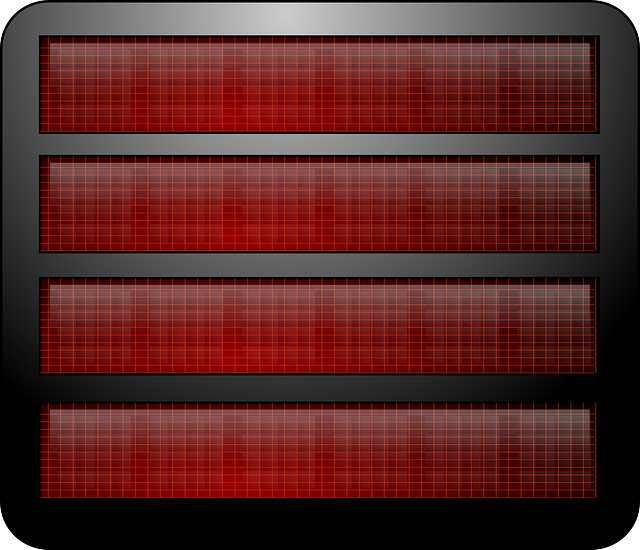Mold disclosure laws mandate transparency in home sales regarding indoor air quality concerns. Sellers must disclose visible mold growth and historical water damage, while buyers should be informed about potential health risks. Compliance ensures legal safety for both parties, allowing buyers to make educated decisions and plan for necessary actions or repairs.
In many regions, mold disclosure laws are shaping the way home sellers conduct business. These regulations aim to protect buyers by ensuring transparency regarding mold issues within properties. This article guides you through the intricacies of these laws, providing insights on what sellers must disclose and the legal implications of non-compliance. Learn essential compliance tips to navigate these requirements successfully and avoid potential pitfalls associated with mold disclosure.
- Understanding Mold Disclosure Laws
- What Sellers Need to Disclose
- Legal Implications and Compliance Tips
Understanding Mold Disclosure Laws

Mold disclosure laws have become an essential aspect of home selling, ensuring transparency between sellers and buyers regarding potential indoor air quality issues. These regulations require sellers to disclose known mold problems or previous instances of water damage, as they can be indicators of mold growth. Understanding these laws is crucial for both parties involved in a real estate transaction.
In many jurisdictions, sellers are legally obligated to reveal any visible signs of mold, past or present water intrusion, and subsequent remediation efforts. Failure to disclose such information could lead to legal repercussions and financial liabilities. Buyers, equipped with this knowledge, can make informed decisions about purchasing a property, opting for further inspections or requesting repairs before finalizing the sale.
What Sellers Need to Disclose

When it comes to selling a home, transparency is key, especially regarding potential health hazards like mold. Under mold disclosure laws, sellers are legally required to divulge any known or suspected mold issues within their properties. This includes visible signs of mold growth, as well as previous or ongoing mold problems, regardless of the extent or severity.
Sellers should also disclose if they have taken any measures to mitigate or remediate mold, such as professional inspections, cleaning, or repair work. Providing accurate and comprehensive information about mold is not just a legal obligation but also ensures potential buyers make informed decisions and are aware of any necessary follow-up actions or costs related to addressing potential mold concerns in the new residence.
Legal Implications and Compliance Tips

Home sellers have a legal obligation to disclose any visible signs or known existence of mold in their properties, as mandated by mold disclosure laws. Failure to do so can lead to significant legal repercussions, including financial penalties and lawsuits from buyers who discover mold issues after purchasing the home. These laws are designed to protect homebuyers by ensuring transparency and enabling them to make informed decisions about potential health risks associated with mold.
To comply with mold disclosure laws, sellers should thoroughly inspect their homes for any signs of moisture or mold growth, especially in areas prone to water intrusion or poor ventilation. Documenting the results through photos and reports can serve as evidence of due diligence. Regular maintenance, such as promptly repairing leaks and ensuring adequate ventilation, can help prevent mold issues from arising. Additionally, providing buyers with clear and accurate information about any known mold problems during the sales process is essential, allowing them to assess potential risks and make appropriate decisions regarding the property.














